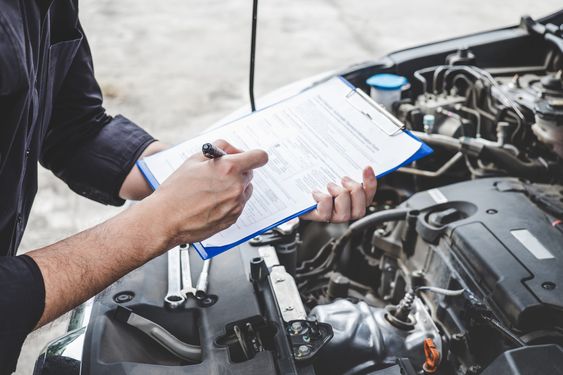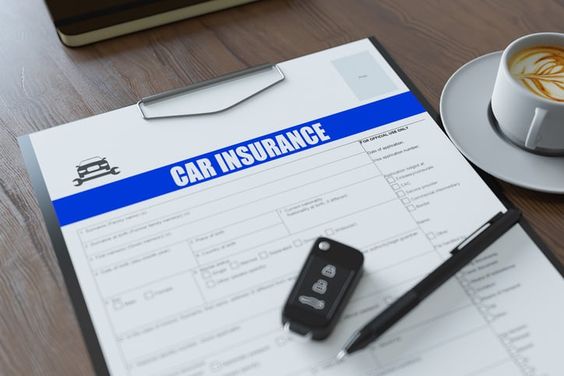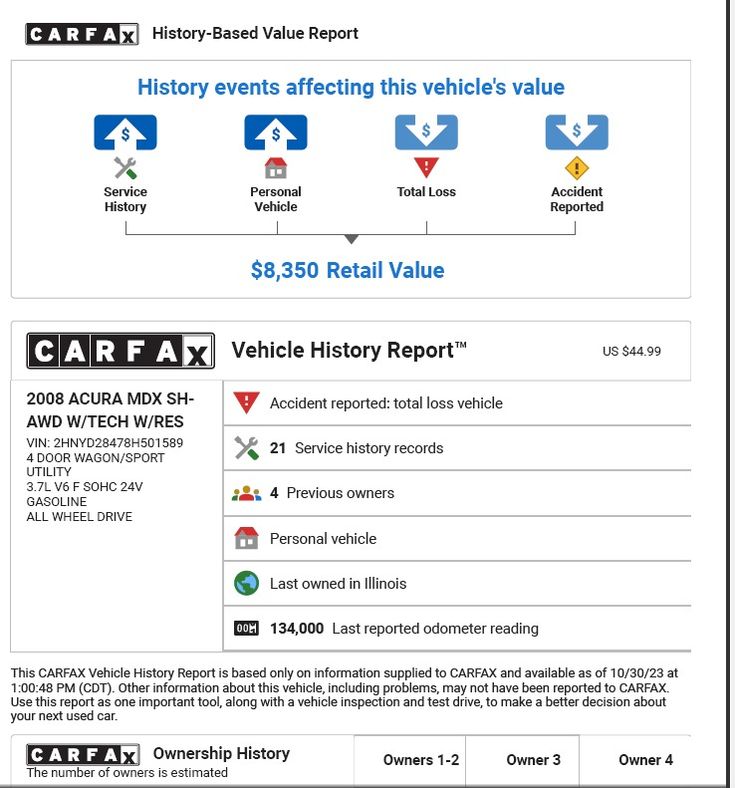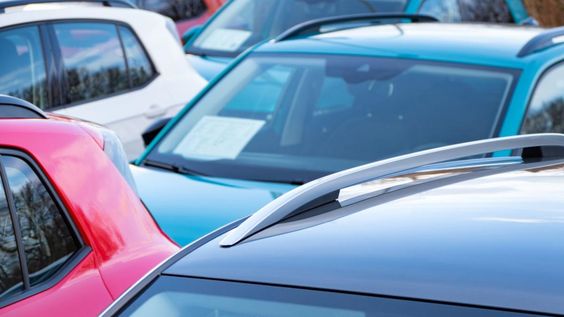Introduction:
Buying a used car can be an exciting experience, but it's crucial to approach it with caution. A thorough inspection before purchase can save you from costly repairs and headaches down the road. This checklist will guide you through the essential steps to ensure you're making a sound investment.

A comprehensive inspection goes beyond a simple test drive. It involves scrutinizing the car's exterior, interior, engine, and undercarriage. By carefully examining these areas, you can identify potential problems that might not be immediately apparent. This proactive approach allows you to negotiate a fair price or walk away from a problematic vehicle.
Exterior Inspection:
- Bodywork: Look for dents, scratches, rust, and misaligned panels. These signs can indicate previous accidents or poor maintenance.
- Paint: Check for inconsistencies in color, fading, or signs of repainting. These could be red flags for hidden damage.
- Glass: Inspect the windshield, windows, and headlights for cracks, chips, or scratches.
- Tires: Assess the tread depth, tire pressure, and overall condition. Uneven wear patterns might indicate alignment issues.
- Lights: Verify all lights (headlights, taillights, brake lights, turn signals) are functioning properly.
Interior Inspection:
- Seats: Check for tears, stains, and wear and tear on the upholstery.
- Dashboard: Look for cracks, scratches, and any signs of damage to the instrument panel.
- Controls: Test all buttons, switches, and knobs to ensure they operate smoothly.
- Air Conditioning and Heating: Turn on the AC and heater to check their functionality.
- Radio and Audio System: Verify that the radio and any other audio systems work as expected.
Engine and Undercarriage Inspection:
- Engine Compartment: Look for signs of leaks, corrosion, and excessive wear on hoses and belts.
- Engine Oil: Check the oil level and color. Dirty or low oil levels can indicate problems.
- Coolant: Inspect the coolant level and color. A milky appearance could signify a head gasket issue.
- Undercarriage: Examine the suspension components, exhaust system, and brake lines for rust, leaks, or damage.
Test Drive and Final Checks:
- Test Drive: Drive the car on different road surfaces and at various speeds. Pay attention to handling, acceleration, braking, and any unusual noises.
- Mechanic Inspection: Consider having a trusted mechanic inspect the car for a thorough assessment.
- Vehicle History Report: Obtain a vehicle history report (e.g., Carfax or AutoCheck) to check for accidents, repairs, and ownership history.
Conclusion:
By following this comprehensive car inspection checklist, you can significantly increase your chances of finding a reliable and safe used car. Remember to be thorough, ask questions, and don't hesitate to walk away if you have any doubts. With careful planning and due diligence, you can confidently navigate the used car market and find the perfect vehicle for your needs.





